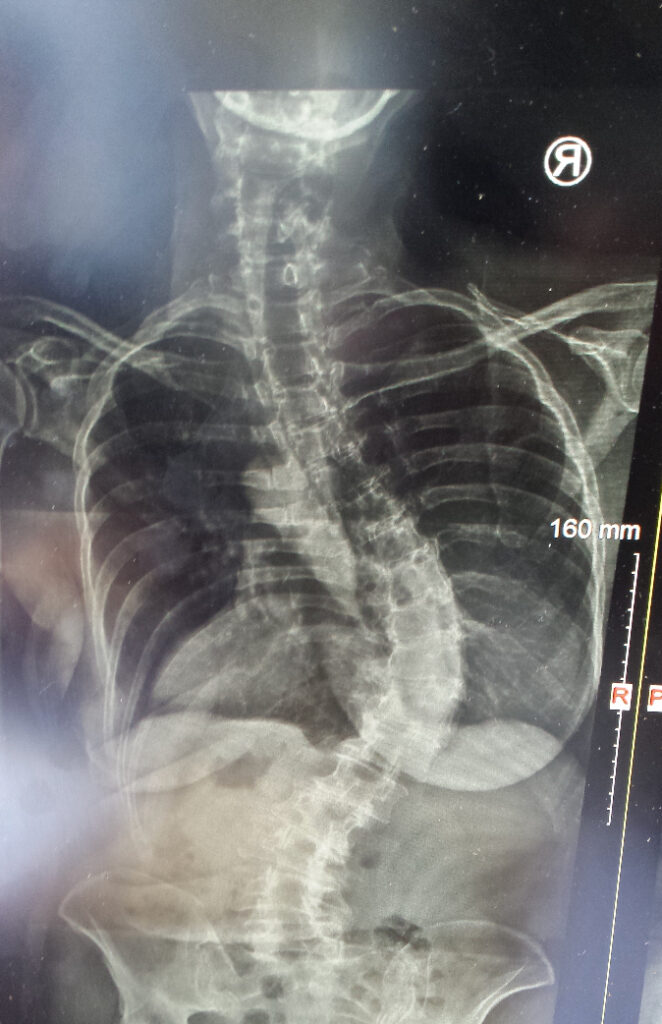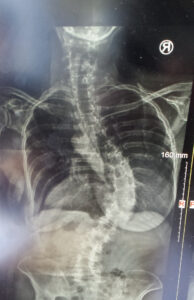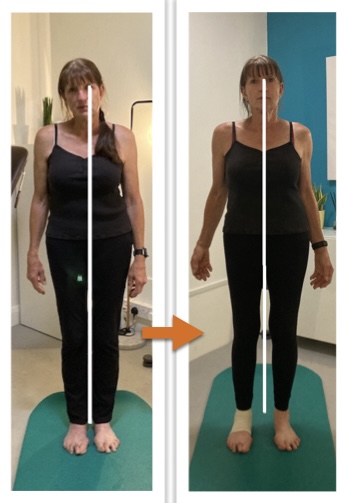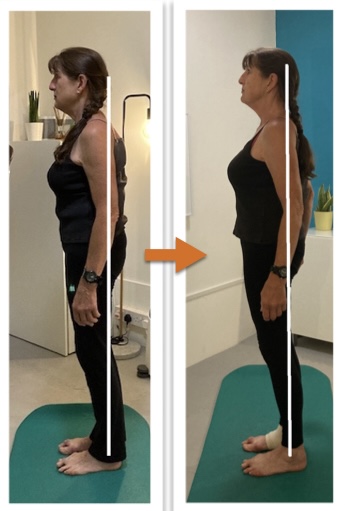Can Scoliosis Be Improved With the Right Exercises?
Scoliosis can feel like a life sentence — especially when you’ve had it since childhood, or been told it’s something you just have to live with. But what if the story didn’t end there?
Over the years, I’ve worked with many people who’ve been diagnosed with scoliosis. Some were told to wear a brace. Others were told to wait and see. Most were told that nothing could really help — especially once they were adults. But in my experience, that’s not the full picture.
Let’s talk about what scoliosis actually is — and why posture correction can still make a real difference.
What scoliosis actually is (and isn’t)
Scoliosis is a sideways curve of the spine. But not all scoliosis is the same.
There’s structural scoliosis, which usually develops in childhood or adolescence. It involves a true curve in the spine — often described as an “S” or “C” shape on an x-ray. This type is considered permanent because the bones themselves have changed shape.
Then there’s functional scoliosis, which is caused by muscular imbalances and postural habits. The spine might appear curved, but the underlying structure is fine — the muscles are just pulling unevenly.
In many cases, the two overlap. Someone might have a structural curve, but also a whole set of muscle compensations around it. And that’s where posture correction comes in.
When someone comes to me with scoliosis, I assume some of what I’m seeing is structural — but not all of it. Maybe 90% is fixed, maybe only 60%. We won’t know exactly. But we can work with the changeable parts. That’s often where the pain, tension, and stiffness are coming from.
Why most treatments miss the bigger picture
Most traditional treatments focus on the spine itself. Stretch this side, strengthen that one. Maybe try some bracing. Maybe just monitor it over time.
But they often miss the fact that the spine doesn’t exist in isolation. Your pelvis, ribcage, shoulders, and feet all influence how your spine moves — and how it compensates.
For example, if the hips are uneven, or one foot turns out more than the other, that can exaggerate the spinal curve. If the ribcage is twisted, that can throw off the shoulders and head position. Everything is connected.
My approach with clients who have scoliosis
When someone comes to me with scoliosis — especially if they’ve had it since childhood — the goal is not to force their spine straight. The goal is to get their body into better balance — so that it can support the spine more evenly, reduce strain, and help them move and feel better.
Here’s what that usually involves:
-
A full-body posture assessment (front, side, and weight distribution)
-
Checking for misalignments in the shoulders, hips, knees, and ankles
-
Gentle, targeted posture exercises to rebalance the entire chain
This isn’t a one-size-fits-all approach. We’re working from the ground up — restoring symmetry, improving mobility, and calming down the overworked muscles.
Often, just shifting someone’s pelvis position or shoulder alignment makes the spine look straighter — without touching the spine at all.
Real results: a lifetime of scoliosis made straighter
One of my clients came to me in her 60s. She’d had scoliosis her whole life. Her x-ray showed a pronounced S-curve through her spine. She was in daily pain and felt like she was shrinking.
But I didn’t try to “fix” the curve. I focused on the whole body.
We started with five simple exercises. No equipment. No aggressive stretching. Just small, daily movements done with full focus and consistency.
After a year, here’s what changed:
Before and after:
Her head is more level, her posture more upright, and her weight more evenly balanced.
Her spine is more upright, her upper back less hunched, and her whole posture looks stronger.
Her words say it best:
“I was so impressed and my posture has improved tremendously. The exercises have kept me supple, increased my muscle strength and made me aware of my posture. I do my exercises regularly which helps me live without the nerve pain I was experiencing previously.”
You can read her full story here.
The takeaway: progress is always possible
If you’ve been told scoliosis is something you just have to live with, I’m here to say — you have options.
No, posture therapy won’t undo a lifetime of structural curvature. But it can absolutely help reduce pain, improve movement, and slow down the wear and tear that often comes with long-term compensation patterns.
And if your scoliosis is functional — posture work can make a massive difference.
Curious where your imbalances really come from? Learn what to expect at your first visit.
Written by Ameet Bhakta
Posture Specialist | Health Through Posture
Clinics in London, Tunbridge Wells & Online
Trusted by GPs, consultants, athletes & busy professionals






